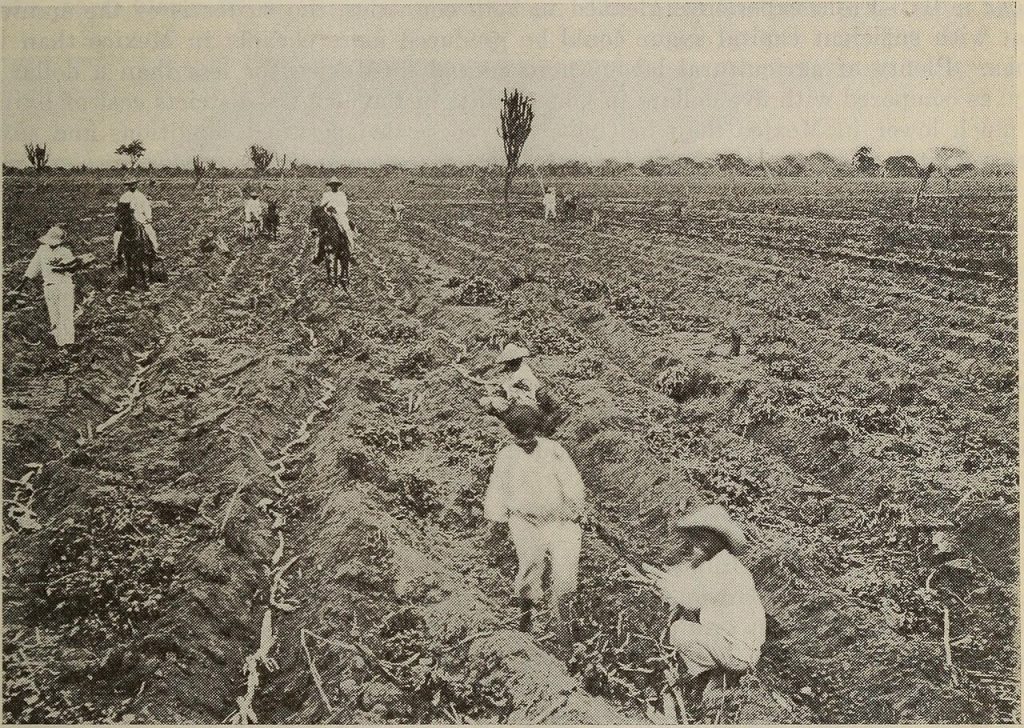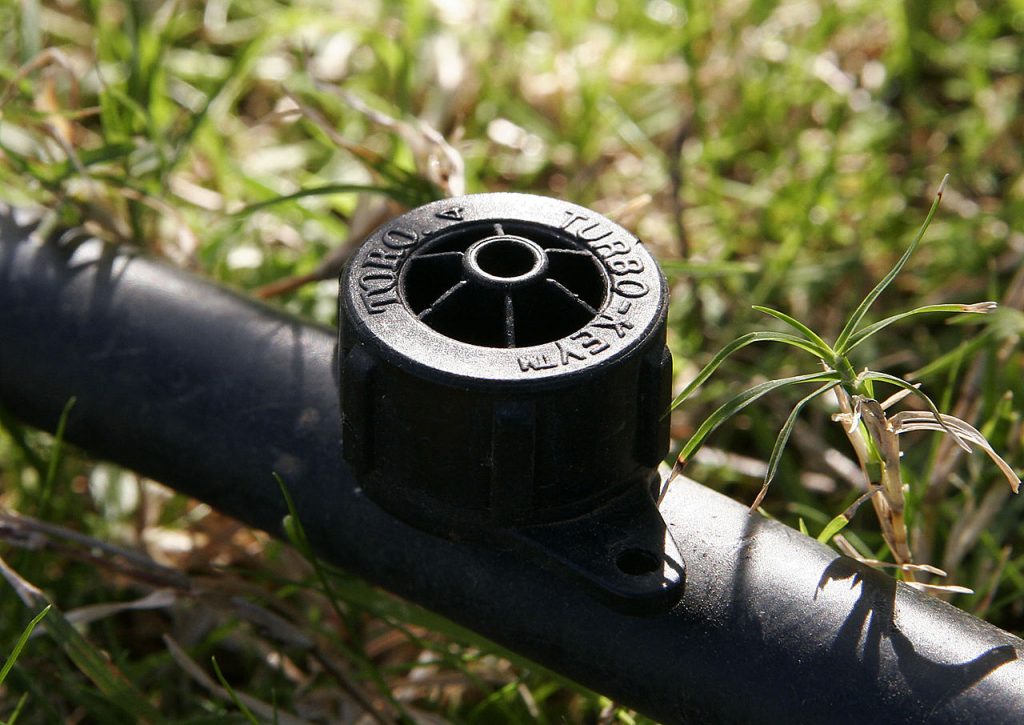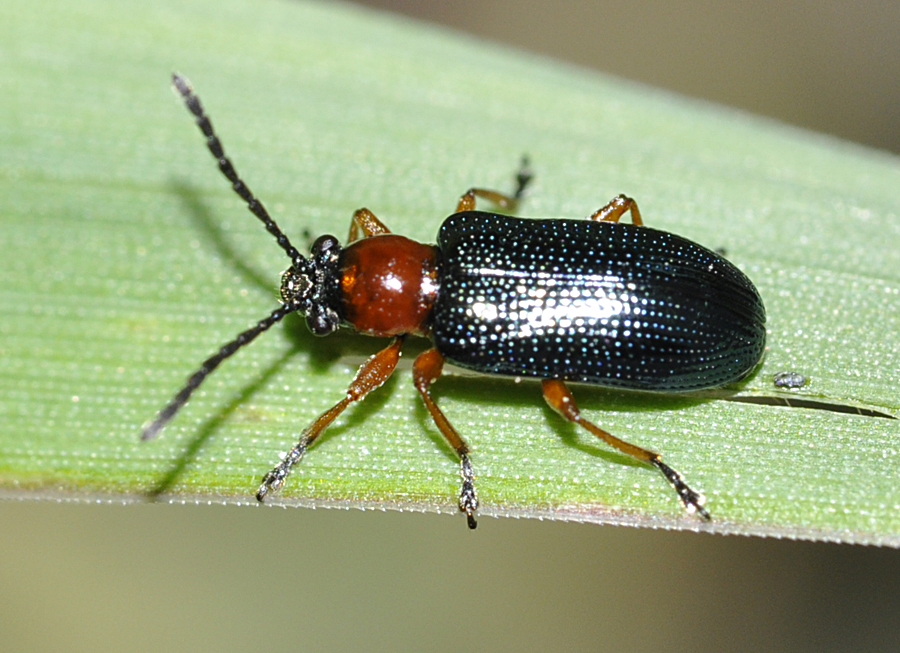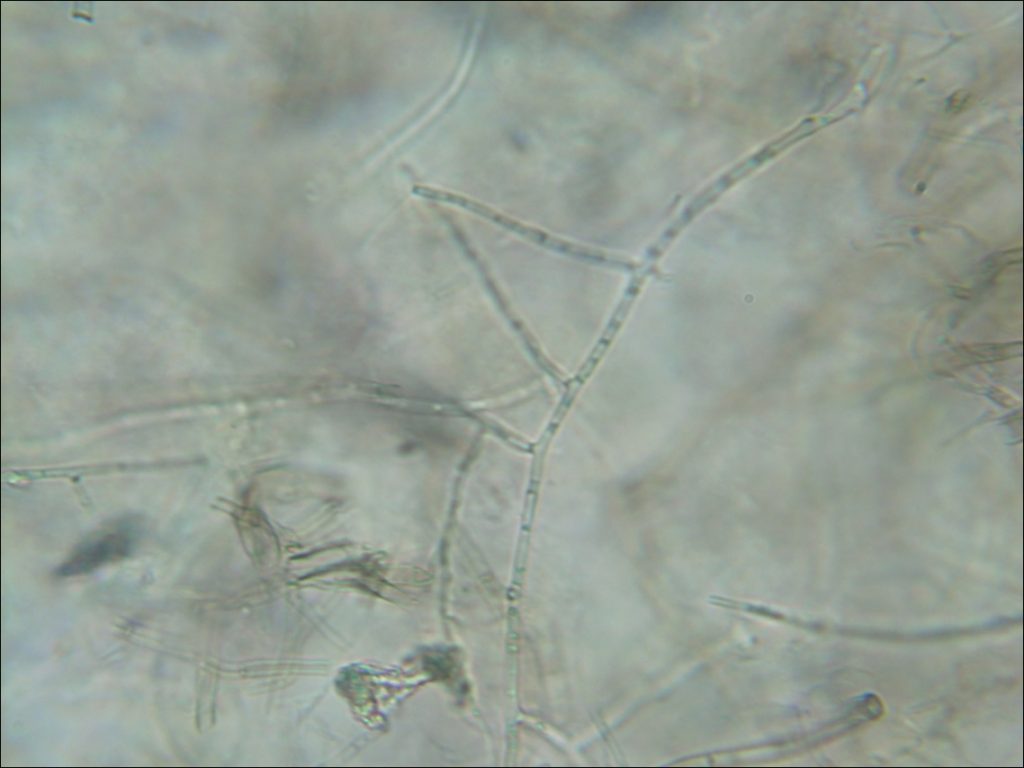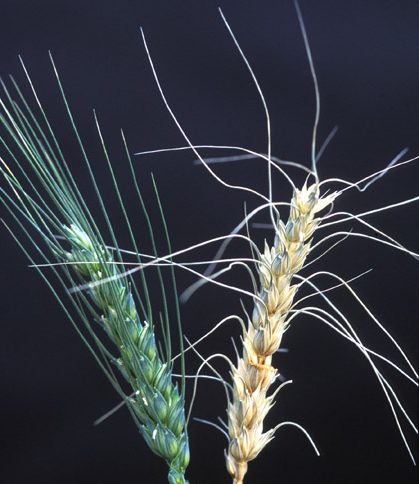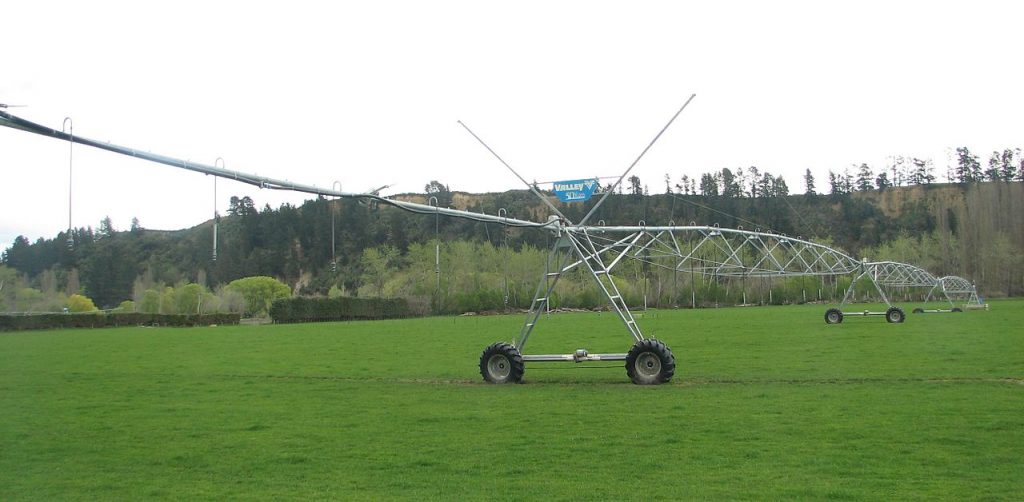
Victoria, one of Australia’s key agricultural states, plays a vital role in the country’s wheat production, accounting for a significant portion of the nation’s annual wheat output. The state is home to diverse agricultural regions, each with distinct climatic characteristics that influence water management practices and irrigation techniques. Compared to other states like Western Australia or Queensland, Victoria’s water management approaches reflect its relatively moderate climate and more consistent rainfall patterns. In this article, we will explore how water management and irrigation for wheat production in Victoria are shaped by these factors and how they differ from those in other states.
Climate and Water Availability in Victoria
1. Mediterranean Climate
Victoria’s climate is predominantly Mediterranean, with hot, dry summers and cool, wet winters. This climate is conducive to wheat production, but water management becomes crucial, particularly during dry periods in summer. While the state receives reasonable rainfall, particularly in the southwest, much of Victoria’s wheat-growing regions, such as the Wimmera and the Mallee, experience lower rainfall levels, making irrigation necessary to supplement natural water sources during drought years.
Compared to states like Queensland, where high temperatures and erratic rainfall are common, Victoria’s cooler winters and milder summers provide more stable growing conditions for wheat. However, its reliance on rainfall is still subject to variability, especially in areas away from the coast. This makes water management strategies in Victoria more focused on maximizing the efficient use of available water, rather than needing extensive irrigation networks as seen in more arid regions.
2. Rainfall Variability Across Regions
The state’s rainfall is unevenly distributed, with coastal regions receiving more consistent rainfall throughout the year. However, in the more inland and northern areas such as the Mallee and Wimmera, rainfall can be less predictable, especially during the growing season. These areas are highly dependent on irrigation to ensure consistent soil moisture levels for wheat crops.
In contrast, states like Western Australia and South Australia, with significantly more arid climates, face even greater challenges in managing water resources. These regions have a more extensive reliance on irrigation systems to maintain agricultural output, especially for wheat production.
Irrigation Systems in Victoria’s Wheat Production
1. Surface Irrigation
Surface irrigation, particularly flood and furrow methods, is commonly used in Victoria’s wheat-growing regions. This involves the use of gravity to distribute water across fields. While flood irrigation can be less water-efficient than other methods, it has been traditionally used in Victorian agriculture, especially in areas where water availability is more predictable.
However, the use of surface irrigation is more prominent in the state’s higher rainfall areas and is less common in the more drought-prone regions. The reliance on surface irrigation in Victoria is less intense compared to states like Queensland, where large-scale irrigation is necessary to ensure consistent crop production due to less reliable rainfall.
2. Drip Irrigation and Centre Pivot Irrigation
Victoria has been gradually adopting more efficient irrigation systems to conserve water and enhance crop yields, especially in regions where water resources are more limited. Drip irrigation, which delivers water directly to plant roots through a network of tubes, has been increasingly used in areas where water efficiency is paramount. This system is particularly effective in minimizing water waste by reducing evaporation and ensuring that water is applied directly where it is needed.
Centre pivot irrigation, which is used in more water-scarce areas of other states like Western Australia, has also gained traction in Victoria. These rotating sprinkler systems ensure uniform water distribution across fields, making them highly efficient in large-scale operations.
While drip and centre pivot irrigation are becoming more widespread in Victoria, they are still less commonly used compared to other states like New South Wales or Queensland, where these systems are more prevalent due to the greater need for irrigation in drier regions.
Water Management Practices in Victoria
1. Irrigation Scheduling and Monitoring
In Victoria, efficient water use is a key focus of water management strategies for wheat production. Many farmers in the state rely on irrigation scheduling to optimize water use. Using soil moisture sensors and weather data, farmers can schedule irrigation to apply water only when necessary, reducing overuse and ensuring that crops receive the appropriate amount of moisture at the right times.
Water management in Victoria’s wheat industry is more focused on maximizing rainfall use and minimizing supplementary irrigation. This approach differs from the systems in Western Australia or Queensland, where the reliance on irrigation systems is more widespread due to the generally drier climate.
2. Rainwater Harvesting and Storage
In areas where rainfall is less reliable, particularly in Victoria’s more arid regions, rainwater harvesting and storage are becoming more common. By collecting rainwater during the wetter months and storing it for use in the dry summer months, farmers can ensure they have sufficient water for irrigation when it’s most needed. The use of dams and on-farm water storage systems is a key part of water management in Victoria.
In comparison to states like South Australia and Western Australia, where farmers often rely on groundwater or river systems for irrigation, Victoria’s use of on-farm water storage systems reflects the more moderate water challenges the state faces.
3. Sustainable Water Management
Victoria is increasingly focused on sustainable water management practices, which involve improving water-use efficiency and minimizing environmental impact. Strategies such as using low-water-use wheat varieties, implementing crop rotation systems, and employing no-till farming practices help conserve water and improve soil health. These practices ensure that wheat production remains sustainable in the long term.
The focus on sustainability in Victoria’s water management strategies is similar to efforts in other states, but Victoria’s more temperate climate and relatively reliable rainfall make these practices somewhat easier to implement than in drier regions such as South Australia and Western Australia, where water conservation is more critical.
Comparison with Other States
1. Western Australia and South Australia
Unlike Western Australia and South Australia, where wheat production is heavily reliant on irrigation due to the arid climate, Victoria benefits from a more moderate climate with relatively higher and more consistent rainfall. As a result, Victorian wheat farmers are not as dependent on irrigation systems like those in the more arid states. While surface irrigation remains common, the reliance on advanced irrigation technologies like drip or centre pivot systems is less widespread in Victoria than in states like South Australia, where these methods are used extensively.
2. New South Wales and Queensland
In contrast to Queensland’s hot and unpredictable climate, Victoria’s cooler climate provides a more stable environment for wheat production, reducing the need for irrigation. Queensland’s wheat-growing regions often experience more extreme seasonal rainfall variations, making irrigation a critical component of wheat farming. Similarly, New South Wales faces greater water variability compared to Victoria, requiring more intensive water management practices.
Conclusion
Water management and irrigation practices in Victoria’s wheat production are shaped by the state’s moderate climate, reliable rainfall, and relatively lower reliance on irrigation compared to other Australian wheat-growing regions. While Victoria’s more temperate climate allows for greater flexibility in managing water resources, efficient irrigation systems, such as surface irrigation, drip systems, and centre pivots, are being increasingly adopted in response to localized water challenges.
Compared to states like Western Australia, South Australia, Queensland, and New South Wales, Victoria’s approach to water management reflects its more stable climate and less frequent water stress. However, as climate variability continues to impact rainfall patterns across Australia, even regions with relatively reliable rainfall, like Victoria, must adapt their water management strategies to ensure the continued success of wheat production in the future.


